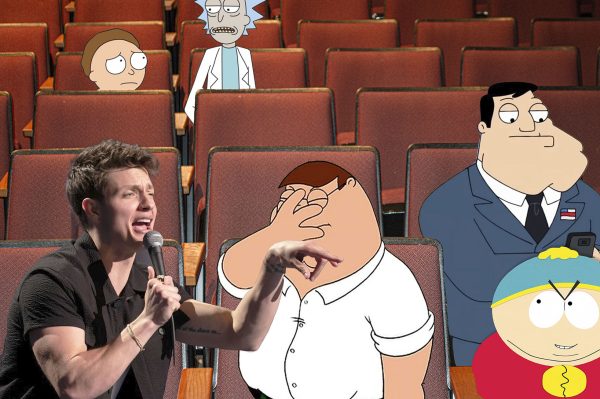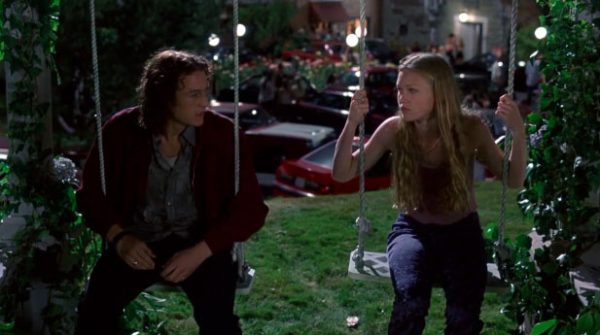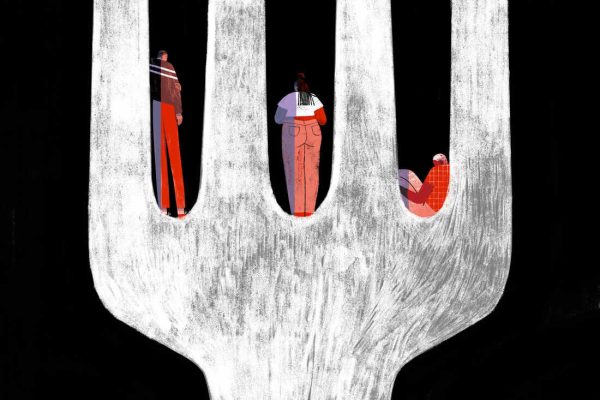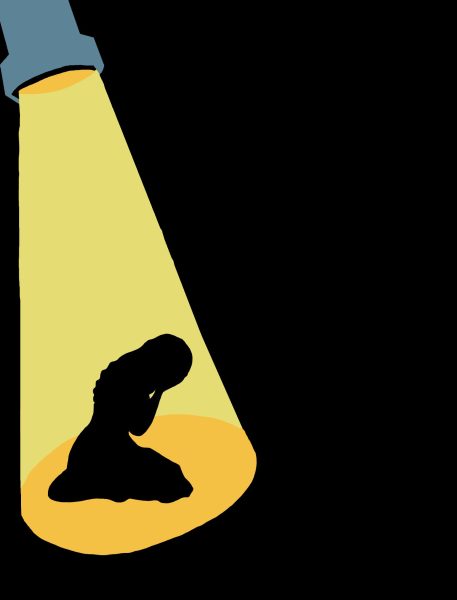In theory
The concept of normal threatens individuality
December 2, 2021
It’s a regular standard. The singular stereotype that is normality. A certain set of descriptions and responses that make you okay. The several series of thoughts and words that make you fine. This specific story of life that makes you normal. No one really meets the standard.
We are taught from a young age that everyone is different. Each person has tiny, intricate details making them unique. Yet, as we grow older we clearly steer from that. We try to fit square pegs in a circular hole. We force left-handed writers to write with their right hand. We force the absolute, all-encompassing concept of normal upon everyone, and not everyone is normal. In fact, the concept of normal has grown far too strict, alienating more individuals than it actually includes. The normal person is fine— in theory. They do not struggle with ADHD, depression, or physical disabilities— in theory. They do not speak about their struggles— in theory. And they do not need help of any kind— in theory.
So when someone does struggle with ADHD, depression, or physical disabilities, in today’s world they are not normal. It is not normal to speak about your struggles and it is certainly not normal to need help. How are we expected to solve this? Hide the problem. Don’t address the real issues. Make them fit normality.
This apparent solution consists of reset rooms, for one. Students can go reset and return to normal rather than actually have their differences accommodated. The solution involves shaming those who need help. The solution is no solution at all.
The real solution begins with everyone. Because this isn’t an isolated issue. It does not target a small handful of individuals. We are all different and need accommodations. You might not even have any issues. Even without ADHD, depression, or any other conditions, you still need accommodation because you’re still different. This matter affects each and every student, regardless of how comfortable they are every day.
Furthermore, we all have an effect on those around us, especially those who need help. When it is embarrassing to speak about your problems, we can fix that. When there is no sense of support among our communities, we can fix that. When we create a silence around our emotions, we can fix that.
The school administration can do what they can, but students are always the first point of contact for anyone needing help. Students fill the building. Students drive the school. So when there’s a drastic cultural dilemma, students must drive the change.
It shouldn’t be a normal stereotype. We should not expect everyone to be the same because we know they aren’t. We cannot assume everyone is okay. We cannot assume they do not struggle everyday. We cannot afford to assume that they do not need help. Our theory of normality has replaced our concept of individuality. In theory. And that’s incredibly dangerous.











